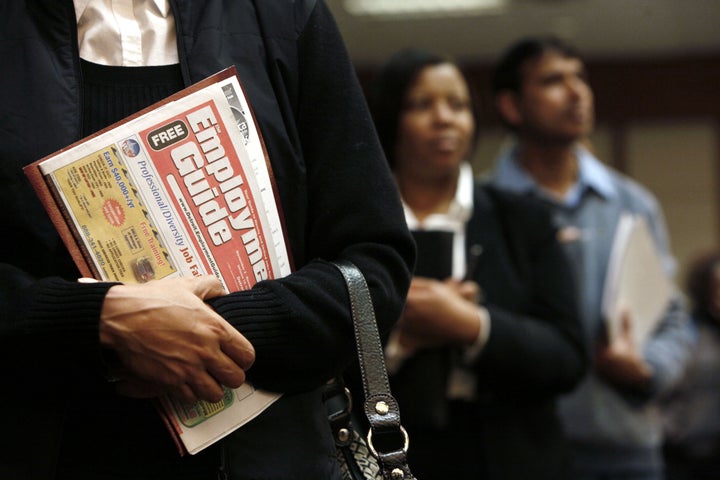
If retirement savings patterns and demographic trends hold, a growing share of the nation's retirees will spend their final years making unpleasant choices between essentials such as housing, medication and food.
Those choices may be particularly stark and frequent for African American and Hispanic households. A new joint Washington Post- Kaiser Family Foundation - Harvard University Poll indicates that in the years leading up to the recession few were building the kind of personally-controlled retirement savings that many white workers have.
One in four African Americans and just one in six Hispanics own stocks, bonds or mutual funds compared to about half of white workers, according to the poll. And while just 46 percent of blacks and 32 percent of Hispanics have IRAs, 401Ks or similar accounts, nearly 65 percent of white Americans have them.
By 2050, white Americans will represent just a slim majority of the nation's retired population. So, the personal finances of other workers will go a long way toward defining the state of the nation's retired population.
"I don't think we will reach the point where you will see hungry senior citizens roaming the street because of Social Security and many of your public sector and manufacturing workers have pensions," said Christian Weller, a senior fellow at The Center for American Progress, a left-leaning Washington, D.C.-based think tank. Weller specializes in retirement security and is also a professor at the University of Massachusetts Boston. "But because of long standing wage and other differences what we will see is a lot more seniors forced to make substantial sacrifices and difficult choices."
The reasons for the savings gap include real differences in wages, the type of industries in which white, black and Hispanic workers tend to concentrate, retirement savings options common in those industries and personal financial choices. Beyond that complex mix of causes is a stark reality: more than twice as many black and Hispanic senior citizens live in poverty than their white counterparts.
In the period between 2005 and 2009, the median white household income was $55,896. For black households, the median income was just $34,44 and Hispanic households, $40,946.
One of the major reasons for those differences is that white workers are more frequently hired in high- paying industries such as insurance and finance. African American and Hispanic workers are concentrated in the retail and service industries, often work for government agencies or in manufacturing, Weller said. Also, workers of color are far more likely to hold part-time positions or to work as day laborers.
Many low-wage workers simply cannot afford to save or are not offered access to a company 401K or other individual retirement savings plans. For a day laborer or part-time worker individual retirement savings are almost unheard of, Weller said.
At the same time, higher-income workers and their managers have a strong incentive to set up and participate in a savings plan such as a 401K -- deferring or reducing their income tax bill.
Income and access are not the only barriers to increased individual retirement savings that Nashville-based financial adviser Marcus T. Henderson encounters.
African Americans also tend to carry greater family obligations, credit card, student loan and other types of debt that can limit their ability to save, Henderson said. For some Hispanic workers language barriers and a dearth of Spanish-speaking financial advisers also contribute to the problem.
"When it comes to money, people like to feel comfortable," Henderson, president and CEO of Henderson Financial Group, Inc. About 70 percent of the firm's Nashville and Atlanta-area clients are people of color. "But the message is the same for everyone. Yes, that debt must be paid. But you need to pay yourself first."
Henderson has also noticed that many of his clients are most familiar with super safe but low-yield options such as savings and CDs. Their parents saved this way, so they save this way, Henderson said. Others waded into the market then watched their account balances erode over the last decade. Today, even some of these clients are uncomfortable with the sort of risk inherent to stocks, market-linked 401(k)s or IRAs.
The poll indicates that among those with some form of retirement savings, many workers have developed a more cautious financial stance because of the recession. About 60 percent of black workers, 74 percent of Hispanics ad 55 percent of whites said they began investing more cautiously.
Just this week, Henderson had a conversation about risk, return and inflation with a 50-year-old African- American pastor. The man had about $100,000 in a checking account earning 1 percent interest.
"He's trying to retire on 1 percent and that's just about impossible," said Henderson.
The implications of both the wage and savings gaps become apparent when workers retire. Only 8 percent of white Americans age 65 or over live on incomes below the federal poverty line. But, 20 percent of black senior citizens and 19 percent of Hispanic seniors do the same.